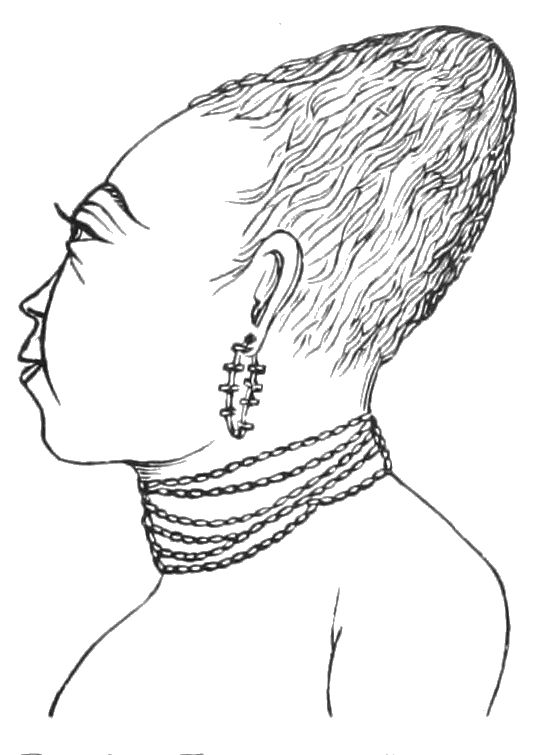The intricate tapestry of human experience is woven through culture, language, and arts, with drawing serving as one of the most profound expressions of cultural anthropology. This discipline scrutinizes human societies, their interactions, behaviors, and evolutionary contexts through a multifaceted lens. In this exploration of cultural anthropology drawing, we shall journey through the historical significance, techniques, and the important role these artistic representations play in understanding and preserving diverse cultures. By doing so, we promise a shift in perspective that piques curiosity, inviting deeper reflection on the cultural dimensions that shape our world.
To commence, cultural anthropology addresses the foundations of human societies, orbiting around the constructs of identity, tradition, and social norms. When we think about cultural anthropology drawing, we must consider not only the aesthetic value of the artwork but its potential to transcend mere visual representation. Illustrations from indigenous cultures, for instance, often encapsulate cosmological beliefs and reflect the profound relationship between the community and their environment. Each stroke narrates stories that might remain unheard without the medium of art. This speaks to the compelling nature of visual anthropology, which engages with human experiences in a manner that is both visceral and intellectually stimulating.
Historically, the anthropological drawing emerged as a crucial tool for documenting cultures in a rapidly globalizing world. Early anthropologists, traveling to remote regions, sought to capture the essence of cultures through visual documentation. They rendered depictions of rituals, ceremonies, and daily life, contributing significantly to the archival record of human diversity. Such artistic endeavors were not merely performative; they served pedagogical purposes as well. By depicting the nuances of cultural practices, these drawings enabled greater understanding among scholars and the public who were distant from the subjects being represented.
The techniques employed in cultural anthropology drawing are diverse and reflective of the artist’s intention and context. From watercolors to ink sketches, each medium evokes distinct emotions and narratives. For instance, vibrant colors can illustrate the celebratory spirits of a festival, while muted tones might emphasize the solemnity of a ritual. Furthermore, the use of perspective in drawing also plays a pivotal role. Artists can choose to depict scenes from an outsider’s viewpoint or adopt an emic perspective, mirroring the beliefs and experiences of cultural insiders. This choice significantly affects how the audience perceives the subject matter. It can either foster empathy or create a divide, depending on the narrative lens.
Diving deeper into the realm of cultural anthropology drawing, it is essential to highlight representation and ethics. The responsibility of the anthropological artist is paramount; they must navigate the complex interplay between authentic representation and commodification. Artists must strive to depict subjects with integrity and depth, acknowledging the broader implications of their work. Ethical considerations come to the forefront when drawing marginalized communities, who have often been misrepresented or exploited in various forms of media. It is imperative that the voices of these communities are central in the narratives being created and that artists engage in dialogues about their work’s impact.
As the world faces unprecedented challenges such as climate change, cultural anthropology drawing also serves as a medium to reflect on human-environment relationships. The narratives encapsulated in these illustrations can foster awareness about ecological issues and highlight sustainable practices intrinsic to various cultures. For example, drawings illustrating indigenous agricultural methods or stewardship of land can inspire contemporary discussions on sustainability and conservation. This intersection prompts us to reconsider the narratives we engage with; it challenges us to see culture not as static but as dynamic, adaptable, and inherently connected to our shared environmental future.
Moreover, as artistic expression evolves through technology, the realm of cultural anthropology drawing is also experiencing a renaissance. Digital art, mixed media, and augmented reality are revolutionizing how cultures are depicted and interacted with. Artists are now able to create immersive experiences that engage the audience in unique ways, expanding the boundaries of traditional art. This shift not only broadens the scope of representation but also engages a younger audience, fostering curiosity and respect for cultural diversity. It is crucial to remain aware of how these innovations can reshape perceptions of heritage and identity, making cultural anthropology drawing a vital component of both artistic and academic landscapes.
In conclusion, cultural anthropology drawing emerges as a powerful medium that transcends mere aesthetic appreciation, revealing the profound connections between art, culture, and identity. By weaving narratives that encompass the complexity of the human experience, these illustrations invite viewers to explore diverse perspectives and question their own worldviews. Through ethical representation and innovative practices, cultural anthropological drawing continues to forge a path toward greater understanding, empathy, and appreciation for the myriad cultures that compose our society. As we engage with these artistic expressions, let us remain curious and open-minded, recognizing that every drawing is not merely a depiction but a window into the soul of humanity itself.
